Turkish tobacco has a long-standing reputation among pipe smokers for its unique aroma, sun-cured character, and naturally sweet flavor.
Known for its small-leaf, Oriental varieties like Izmir or Samsun, it appears in many classic pipe blends across the world.
However, some seasoned smokers question its strength. The flavor is often subtle, and the nicotine content is among the lowest of all pipe tobaccos.
Many wonder if Turkish tobacco delivers enough impact for those who prefer richer, fuller smokes.
This article explores that question in detail.
What Makes Turkish Tobacco Unique?
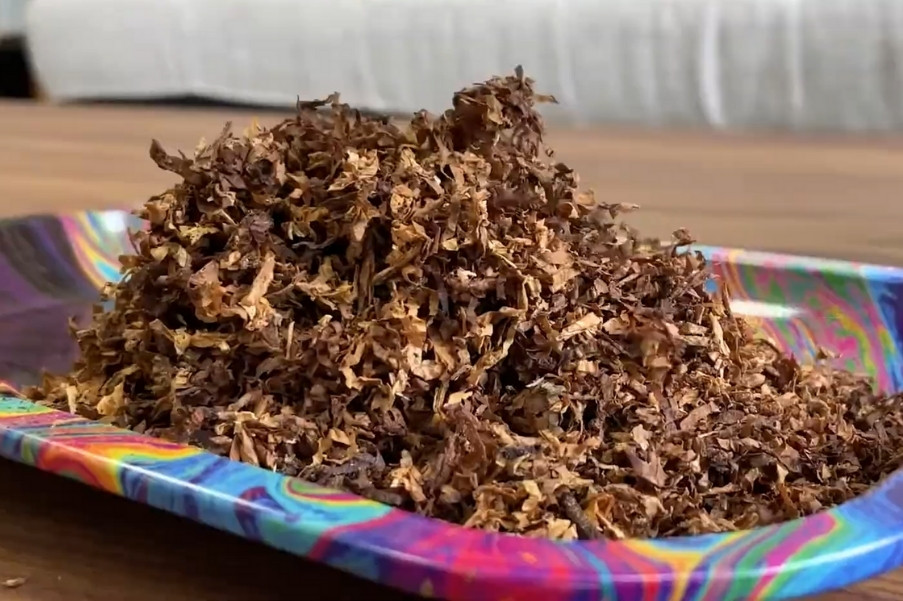
Oriental tobacco, grown in Turkey, Greece, and the Balkan, produces a unique smoking leaf known for its subtle complexity and delicate aroma.
Careful sun-curing under natural light allows the leaves to retain their essential oils, giving each blend a clean and dry smoke.
The thin, elastic leaf structure, combined with a soft burn, earns high praise among pipe smokers who value aromatic richness and smooth texture.
Origins and Cultivation
Turkish tobacco grows in regions with low rainfall and plenty of sun. These conditions produce small, oil-rich leaves with subtle sweetness and fragrant spice. Common growing areas include:
-
Izmir (Smyrna) : Known for balanced sweetness and floral character
-
Samsun : Offers mild, tangy notes with smooth aftertaste
-
Yenidje : Considered among the finest, with layered aroma and silky finish
Curing involves open-air sun exposure . Unlike fire-cured or flue-cured types, Turkish tobacco retains its essential oils and soft texture. Farmers select only the ripest leaves and dry them carefully to preserve fragrance.
Physical Characteristics
View this post on Instagram
Small leaf size and fine texture distinguish it from larger tobacco types like Virginia or Burley. Moist leaves feel soft and slightly elastic.
Once dry, the structure becomes light, crisp, and paper-thin. Color tones range from pale gold to soft brown. Even burning and cool smoke flow naturally from the delicate fibers.
Flavor Profile
Turkish tobacco offers a delicate bouquet of flavors. The taste is often described as:
-
Lightly spicy
-
Slightly sweet
-
Sometimes nutty, earthy, or citrusy
-
Smooth on the tongue with no bitterness
Its fragrance carries an herbal or incense-like tone that complements richer tobaccos. The smoke is typically dry and soft, avoiding tongue bite.
Nicotine Strength and Flavor Profile: Too Mild or Just Right?
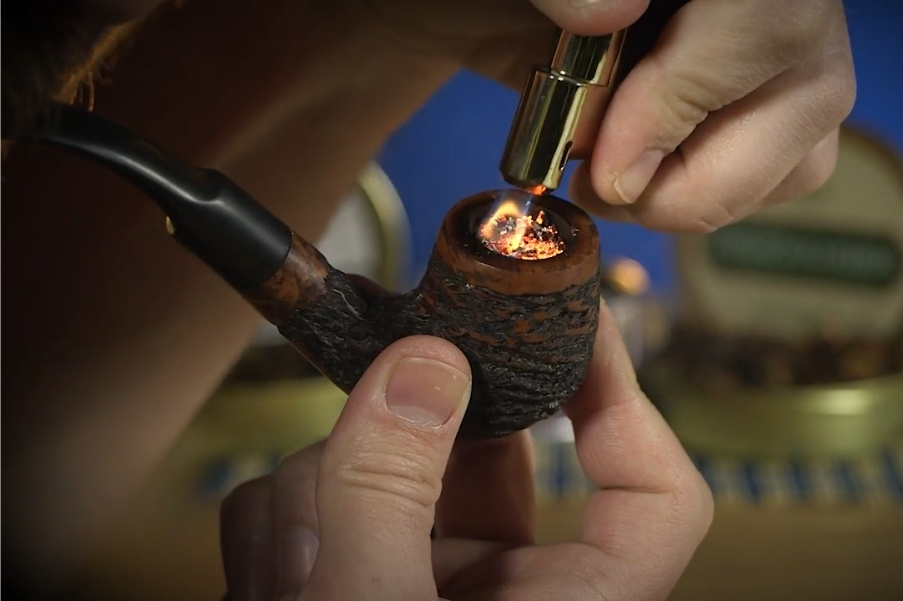
Turkish tobacco often raises questions among seasoned pipe smokers due to its gentle delivery and subtle character. It offers rich aroma but limited punch.
Many enjoy its smoothness, while others seek a stronger presence. To assess if it truly feels too mild, both nicotine content and flavor strength must be considered separately.
Low Nicotine Content
This sort of tobacco consistently ranks among the lowest in nicotine strength. Most Oriental varieties contain less than 1 percent nicotine by dry weight.
In contrast, Burley and Dark-Fired tobaccos range between 2 to 4 percent. Even Virginia leaf, known for its sweetness, carries more strength than typical Turkish tobacco.
A smoker looking for a pronounced throat hit or lasting buzz will not find it in pure Turkish bowls. The smoke remains light, even during long sessions.
Those with high nicotine tolerance may finish a bowl without noticing any strong effects. For this reason, Turkish tobacco rarely satisfies on its own in terms of body or strength.
Flavor Notes: Subtlety vs Impact
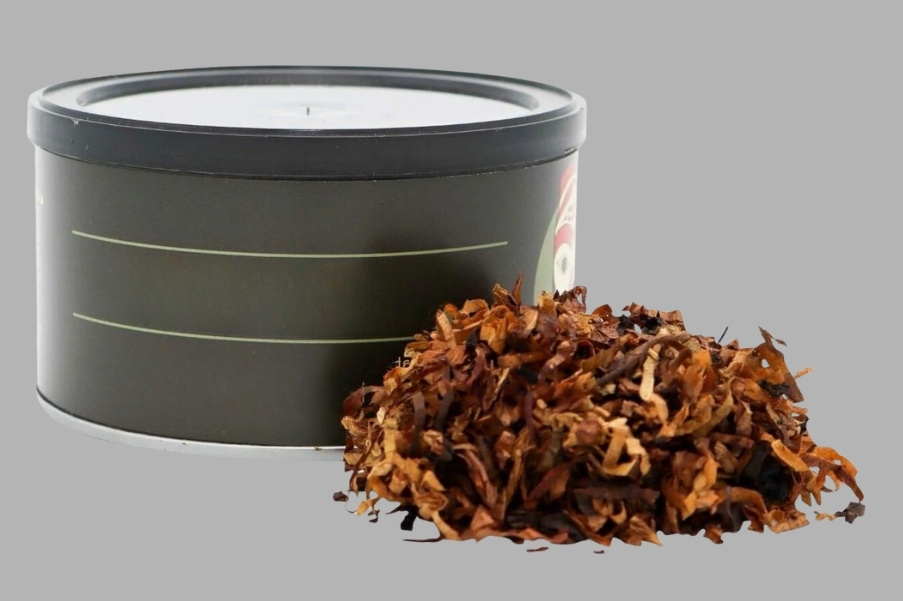
The flavor of Turkish tobacco leans toward complexity rather than intensity. It presents a dry, fragrant, and spiced profile with hints of herbs, citrus, and sweet wood.
The taste lingers gently without overwhelming the palate. Many describe it as elegant and refined. However, experienced smokers often expect a tobacco to deliver more depth with each draw.
When smoked alone, Turkish tobacco can feel one-dimensional to those used to richer blends. Without Virginia's brightness, Latakia's smokiness, or Perique's punch, the overall profile may seem quiet. Some appreciate its whisper-like character, while others consider it underwhelming.
How Experienced Smokers React
Those familiar with stronger blends may find Turkish tobacco too restrained. The lack of nicotine hit and mellow flavor cause some to describe it as thin or incomplete when used alone. At the same time, its aroma and burn quality are widely praised.
Smokers seeking balance and subtlety often include Turkish tobacco for its smooth contribution. Those chasing strength and richness usually reach for more forceful ingredients.
In this way, Turkish tobacco serves a selective role. It supports rather than leads, refines rather than dominates. For many experienced users, that can feel too mild-unless combined with something bolder.
Comparison with Stronger Pipe Tobaccos

Turkish tobacco offers elegance, but not every smoker is searching for grace. Many prefer bold flavors that hit with force and linger on the tongue.
To fully understand how Turkish tobacco measures up, it helps to stand it beside two of the most powerful names in pipe smoking: Latakia and Perique.
Each brings weight and character that create a sharp contrast to Turkish leaf.
Latakia: All Smoke, All Drama
Latakia begins life as an Oriental tobacco, but it walks a far stronger path. It goes through fire curing, where smoke from aromatic woods soaks into every leaf.
The result is unmistakable. The scent is heavy, like leather and wood stacked deep in a workshop. The flavor arrives rich, smoky, earthy, and thick.
Many describe Latakia as bold without apology. Even in small quantities, it takes center stage. It does not ask for attention.
It demands it. In a blend, it shapes every puff. Turkish tobacco, by comparison, seems quiet. Smooth and sweet, yes, but far in the background. Latakia fills the room. Turkish softens it.
Perique: Strong Spice with a Punch

Perique has a different kind of strength. It comes from pressure fermentation, where tobacco is packed and aged under heavy force.
The outcome is a tobacco full of deep pepper, stewed fruit, and sharp edges. Its strength is not only in taste but also in nicotine. It delivers impact, not only flavor.
Perique is rarely used in large amounts. Just a pinch can transform a blend. The strength it carries fills the mouth, hits the throat, and satisfies quickly.
Those who enjoy dark, rich, powerful smokes know what to expect. Turkish leaf, by contrast, offers softness and fragrance but never that kind of kick.
Turkish Tobacco in Pipe Blending: Backbone or Accent?
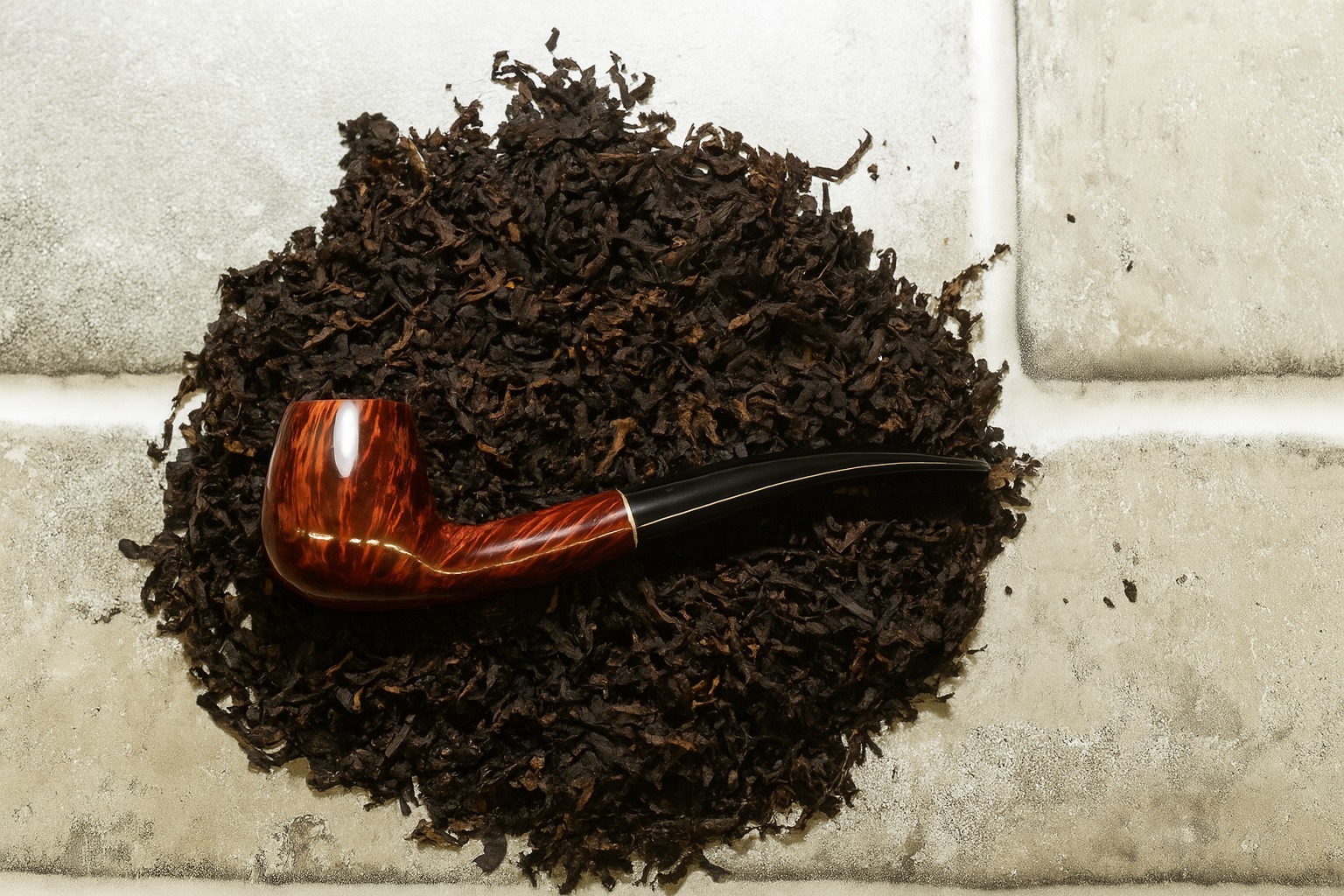
The true beauty of Turkish tobacco rarely shines on its own. It shows best when blended with others, supporting and enhancing the mixture without overpowering it.
Blenders use it not to lead, but to balance. Its soft aroma and gentle flavor bring structure to many blends that would feel too sharp without it.
Foundation in English and Balkan Recipes
English blends rely on harmony between Virginia, Latakia, and Oriental leaves. Turkish tobacco often provides that harmony.
It adds floral notes, sweet dryness, and a calm burn. When Latakia gets too smoky or Virginia runs too sharp, Turkish tobacco steps in to round out the flavor.
Balkan blends go even further. They give Oriental tobaccos a larger role, sometimes allowing Turkish to guide the experience.
The result is still mild in nicotine, but far more layered in aroma. Many of the most admired blends in pipe history use Turkish leaf not as decoration, but as the core that holds everything in place.
Paired with Virginias and Burleys
Turkish tobacco also works well in milder blends. When paired with Virginia, it brightens the top notes and keeps the sweetness from becoming heavy.
With Burley, it can soften the rough edges and lift the overall feel of the smoke. Some aromatic blends also include Turkish to add subtle depth beneath flavorings.
The key is proportion. Turkish tobacco works best in blends where it enhances rather than leads. Too much, and the flavor can flatten.
Too little, and the character disappears. Blenders aim for a balance where Turkish leaf shapes the experience without drawing too much focus.
Not a Common Solo Performer
Very few pipe smokers reach for a pure Turkish bowl. It offers smoothness, but little strength. The flavor is pleasant, yet simple. For those who seek richness or variety through the bowl, Turkish alone rarely satisfies.
Still, some enjoy its lightness in specific moments. A morning pipe, a quiet evening, or a break between stronger smokes might call for something soft. A few sellers offer Turkish blends in pure form, mostly for blending or for those who enjoy a gentler touch.
Should You Use Turkish Tobacco Alone?
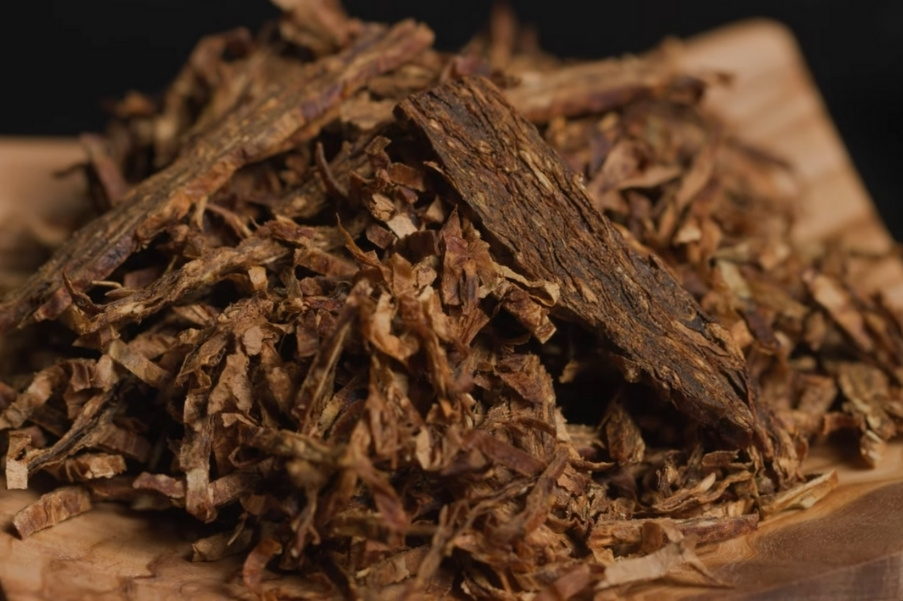
Turkish tobacco delivers one of the most aromatic and flavorful experiences in the pipe world. Yet many wonder if it works well on its own.
Most Oriental tobaccos carry low nicotine and mild body. Their role in blends is well established. But solo use opens a different discussion. Flavor, heat, combustion, and satisfaction all shift when Turkish leaf stands alone.
When Turkish Tobacco Can Be Rewarding by Itself
Turkish tobacco shines through aroma. Floral spice, honey, citrus, and dry wood notes come forward clearly when nothing else gets in the way.
Smoking it by itself brings out those sweet and fragrant details that blends often cover. For those who enjoy nuance over power, that can be deeply satisfying.
There are ideal situations for this experience. Morning bowls, breaks during the day, or quiet evenings call for a smoke that pleases the senses without overwhelming them.
Turkish tobacco offers a calm, flavor-rich session with little nicotine impact. That makes it suitable for reflective or palate-reset moments. After several strong blends, a bowl of pure Oriental leaf can refresh the taste and provide contrast.
Another reason to smoke Turkish tobacco solo is to study its individual profile. Many pipe smokers who blend at home want to understand what Turkish contributes. Tasting it on its own allows a focused view of its role: sweetness, fragrance, and balance.
Still, the flavor stays on the mild side. Nicotine remains low. For those who expect a deeper punch or a full-bodied session, Turkish tobacco on its own may feel incomplete. It performs best when smoked slowly, with a clean pipe, in the right shape.
Pipe Types That Bring Out the Best in Turkish Tobacco
To enjoy Turkish leaf without missing its subtle tones, pipe choice matters. Some designs allow the tobacco to shine. Others may dull the experience. Several models available at pipeonline.it meet the exact needs of Oriental-focused smokes.
Meerschaum Pipe - Billiard

Meerschaum does not influence the taste of the smoke, unlike briar, which can add a wooden note. Turkish tobacco, with its dry burn and spicy character, maintains clarity in a meerschaum bowl.
This model offers a straight billiard shape with a balanced chamber. The result is a cool, clean draw where the aroma takes center stage.
Savinelli Porto Cervo

The wide bowl briar lets more surface burn at once. The flavor volume increases, making mild tobaccos feel bigger. Turkish tobacco opens up in this pipe, with every puff delivering sweet smoke and fragrant detail.
FAQs
Is Turkish tobacco suitable for beginners?
Turkish tobacco can be a good starting point for beginners due to its mildness and smooth smoke. However, its delicate flavor may feel too subtle without blending. Many new smokers prefer it as part of a mixture rather than on its own.
Does Turkish tobacco ghost a pipe?
Turkish tobacco leaves little to no ghosting in a pipe. Its natural aroma is clean and does not linger strongly. This makes it safe to use in a favorite pipe without altering future smokes.
Are there any additives in most Turkish pipe tobaccos?
Most traditional Turkish tobaccos are free of artificial flavorings or additives. They are typically sun-cured and natural. Always check the product label or brand details, as some modern blends may include mild casing for moisture.
How does Turkish tobacco appear in burn rate to other tobaccos?
Turkish tobacco usually burns at a moderate pace. The thin leaves and sun-cured process allow an even burn when packed properly. It burns cooler than Virginia and faster than heavier Burleys or Latakia if puffed too hard.
Final Thoughts
Turkish tobacco does not roar. It whispers. Its flavor drifts like incense through a quiet room, leaving soft traces of spice, citrus, and sun-warmed leaf. It will not strike the palate with force. It will not leave a heavy hand on the chest. That is not its purpose.
Smokers who chase strength may overlook it. But those who seek depth in silence will understand its value. Turkish tobacco does not fill the bowl with power. It fills it with character.
Used alone, it becomes a study in nuance. Used in a blend, it becomes the thread that ties strong voices together. Not every tobacco needs to lead. Some bring out the best in others.
In the end, Turkish tobacco belongs to those who listen for flavor, not volume. It rewards patience, careful packing , and a thoughtful draw. When given the space to speak, it says something no other leaf can.
